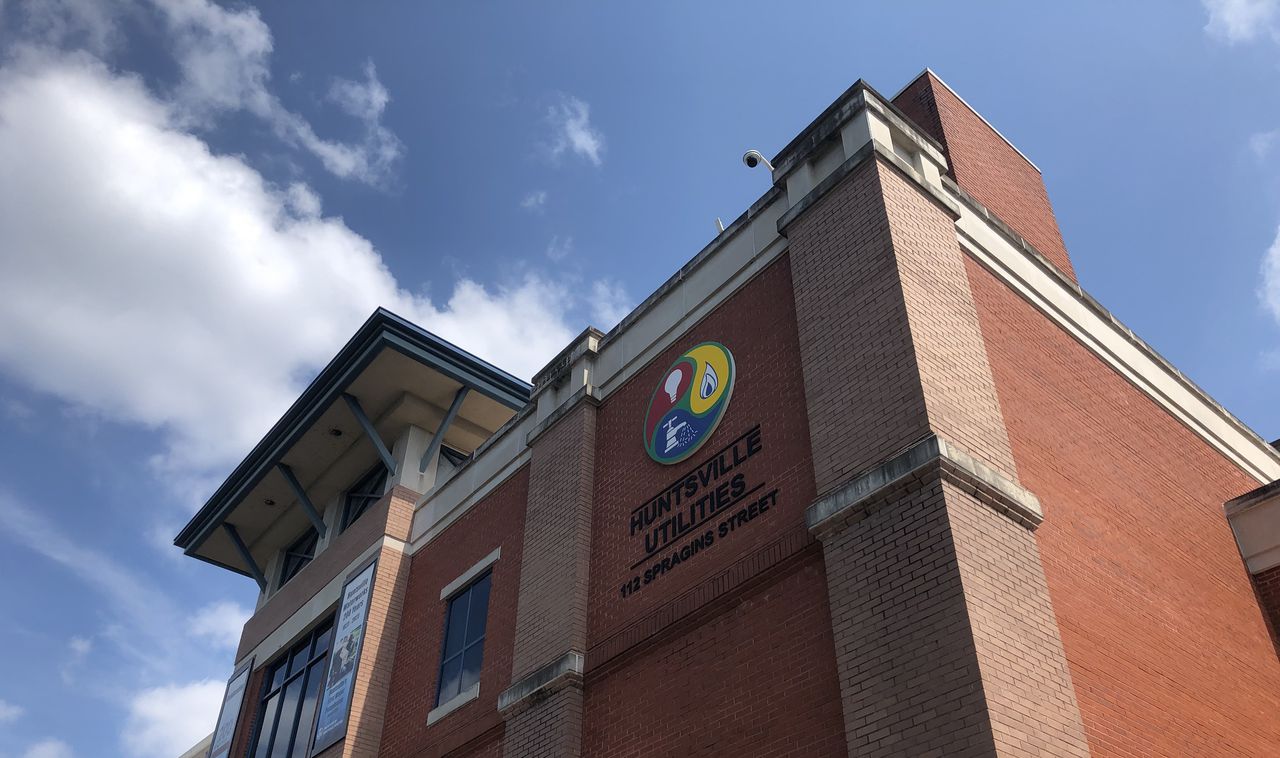How Huntsville raised its water rates and what it means for future
Huntsville Utilities told the city council it needed a 35 percent across-the-board rate increase for both water consumption rates and availability rates. The city council responded, essentially, with a no.
What ultimately happened, by unanimous vote of the council on Sept. 14, is that both consumption and availability rates increased but not quite to the level the utility sought. That path, however, was anything but linear.
The compromise: After the council postponed a vote on the rate increase on Aug. 24, Council President John Meredith began talks with Huntsville Utilities CEO Wes Kelley and others on a path forward both sides could live with.
The solution: Consumption rates were lowered for minimal users, then raised for virtually everyone else. To offset those increases, availability rates for the average home increased by only 13.4 percent – a fraction of the originally proposed 35 percent increase.
The availability rate is a monthly flat fee, which is based on having water available for customers. The consumption rate is an upward sliding scale that’s based on how much a customer uses per month.
For minimal users, defined as using less than 3,000 gallons per month, the consumption rate increased 28 percent (or 37 cents per thousand gallons up to 3,000 each month) instead of 35 percent. For customers that use more than 3,000 gallons per month, the consumption rate soared 88 percent (or $1.50 per thousand gallons for the second 3,000 gallons. The average home, according to Huntsville Utilities, uses about 4,400 gallons per month.
So when it comes to consumption, the Meredith amendment ($9.59 cents per month) cost the average home more than the Huntsville Utilities proposal ($8.63 cents per month).
However, the Meredith amendment also included that reduced availability rate.
The translation: Minimal users will not carry an equal burden, percentage-wise, to heavier water consumers or even commercial businesses. And the average home gets a little bit of a break as well on their water bill over the original proposal. Between the availability rates and consumption rates, that average home using 4,400 gallons will pay $23.59 per month. Under the original Huntsville Utilities proposal, that rate would have been $25.30 per month. It’s a savings of about 7 percent.
Going forward: Huntsville Utilities pulls about 85 percent of its water from the Tennessee River. But you probably wouldn’t want to drink it or cook with it as is. And costs for treating the water for customers has been going up, which led to the request for the rate increase.
Huntsville Utilities maintains that, despite the increase, its rates are still among the lowest in Alabama.
Kelley said Huntsville Utilities delayed seeking the rate hike as long as possible – a delay made even longer by the COVID pandemic. The utility is in the midst of more than $220 million in building projects, not to mention other rising costs and the continued growth of not only Alabama’s most populous city but its largest based on land space.
“We can still meet our requirements to both operate and maintain the system at the first class level we do today and provide for the future infrastructure,” Kelley told AL.com. “Under this right now, I will tell you, it will require us to focus and redouble our efforts to get maximum cost efficiency. Because it does tighten things up a bit. But I think that is reasonable. And we can live within these means.”
